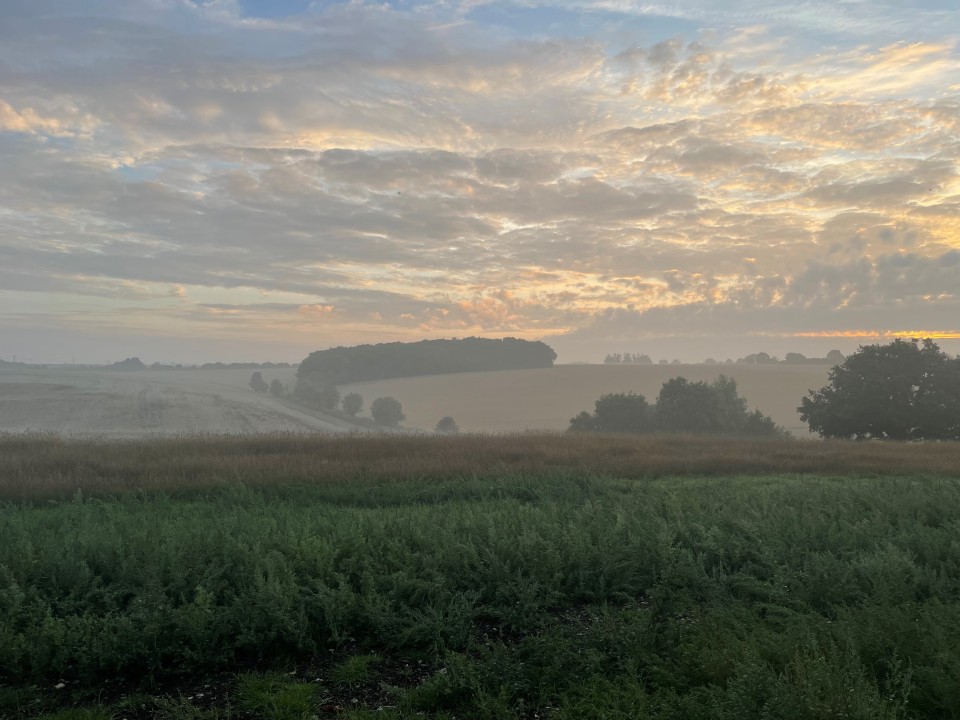We have been planning, filming and managing a number of countryside routes recently. I thought sharing some experience and top tips would be helpful (for those whom are more used to cities and urban environments);
- Make sure you have a turning point in your section of road (this could either be a wide junction or a loop that returns to your rigging base – why not try a local farm with hardstanding like we did). You will tend to find that country roads go on for miles in one direction so a turning point might be a better option for you.
- Check the surface of the roads – this may sound silly but a bumpy, loose gravel road may look nice but in reality, it is not suitable for film vehicles.
- Check the width of the road – again another obvious point but the width of country roads does change. If you find a two-lane country road – this is going to be easier than a single-track road (which you are going to have to get a traffic management company to control). Don’t forget your permissions for the Local Authority or County Council.
- Check any turns onto other country roads on your route – again these will possibly be narrow. An A-frame may get around a corner like this but maybe not a Low Loader.
- Book a recce with your tracking vehicle company if you are not sure – it may cost money but it worth it in advance of your filming day if you are unsure of the route you have selected. Recently Action 99 Cars came and did this for a job we are working on.
If you get completely stuck and want an easy ready-made route through the countryside then please contact us.
Have a great weekend!
Oliver Laurenson-Gore
Location Manager & Scout – Location Routes Management Ltd
Tel: 07845 699110 / 020 4524 6399
Email: [email protected]
